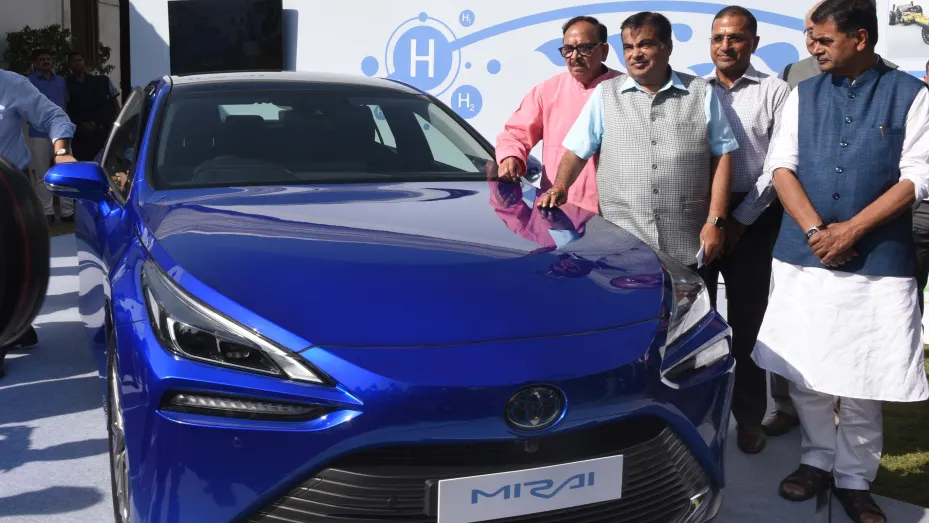Why Ottawa's plan to ramp up construction might not bring down soaring home prices
Promising new supply oversimplifies a complex affordability crisis, experts say
The federal government's enormous bet on new construction is unlikely to have much of an effect on soaring home prices, some economists and housing experts are warning.
The strategy to massively ramp up construction of new homes across Canada is the centrepiece of the Liberal government's updated housing strategy, which itself was the focus of the 2022 budget.
The spending plan sets aside $4 billion to create a Housing Accelerator Fund, a program still in development meant to help municipal governments speed up new housing projects.
- Are you having a hard time cracking into the housing market? Tell us about your experience by sending an email to ask@cbc.ca.
Ottawa says that fund will contribute to building the 3.5 million new homes it argues Canada needs over the next 10 years.
"The solution to housing affordability is housing supply," Housing Minister Ahmed Hussen told the House of Commons earlier this week.
But some observers say that approach is based on misinterpreted data and the tendency of politicians to oversimplify complex problems.
No evidence that more homes means lower prices: expert
"[The government] seems to have bought into the proposition that any supply is good, and if we flood the market with supply that will bring down prices," said Steve Pomeroy, a researcher at the Canadian Housing Evidence Collaborative at McMaster University.
"I don't think there's any evidence that will actually happen," said Pomeroy, who has described the undersupply argument as a "myth."
Christine Whitehead, an emeritus professor at the London School of Economics, said the identification of undersupply as a cause for high prices has been "absolutely consistent" among governments across the world.
Whitehead — who said she has studied the economics of housing for "many decades" — said a narrow focus on speeding up new construction makes for an appealing political pitch but rarely makes a dent in prices.
"Most normal people would think that a lot more housing would make things better," she told CBC News.
"Just building 100,000 homes a year or 200,000 homes a year is not going to make that much difference, of itself, to house prices."
Pierre Poilievre has made housing affordability a central theme of his Conservative leadership campaign. He also has identified a lack of supply as the prime culprit driving up prices.
The NDP has been calling for new housing construction, with the caveat that newly built homes should be earmarked for low-income families.
How many homes does Canada need?
The federal government, opposition parties and numerous economists have in recent years argued that Canada doesn't have enough homes for its population.
A 2021 paper by Scotiabank reported that Canada has the fewest homes per 1,000 residents of any G7 nation, something the bank described as a "structural housing shortage."
The 2022 budget includes a similar analysis which shows that Canada is below the OECD average for homes per 1,000 residents — behind France, Japan and Germany, but ahead of Australia and New Zealand.
Pomeroy said statistics like those don't adequately support the government's undersupply argument since other important factors are left out — such as the fact that Canada has the second-largest average household size in the G7.
He said Canada's recent pace of new housing starts has kept up with population growth — even as home prices have been hitting new record highs.
"When you look at the data, it doesn't support this idea that we have a lack of supply, certainly at a national aggregate level," Pomeroy said.
Canada added more than 271,000 new homes in 2021, according to Canada Mortgage and Housing Corporation data.
Robert Kavcic, a senior economist with the Bank of Montreal, also has questioned the government's ability to stimulate more construction.
"The challenge here is that we are already seeing a record number of units under construction, and the sector is pushing against labour and capacity constraints as it is," he wrote in a response to the budget.
Kavcic also noted that if the government succeeds in accelerating new construction, it could backfire by driving up material costs and aggravating inflation, pushing housing prices higher.
Ottawa says other factors contributing to high prices
In an email to CBC News, a spokesperson for Hussen added nuance to the government's argument that undersupply has driven up prices.
"There are a number of factors that are making housing more expensive, but the biggest issue is supply," wrote Daniele Medlej.
"However, we recognize that there are other elements at play, which is why we are putting in place multiple measures to curb unfair practices in the housing market, including banning foreign homebuyers, introducing an anti-flipping tax and banning blind bidding."
Whitehead said government efforts to boost new supply and change regulations are dwarfed by the forces of macroeconomics, such as income levels and interest rates.
Short of instituting politically toxic measures such as capital gains or inheritance taxes, she said, the Canadian government will have little direct control over prices.
"I wish I could be more cheerful about it," Whitehead said. "What I am saying is that there's no harm in building houses. You should still go on building the houses and try to allocate them to people in need."












